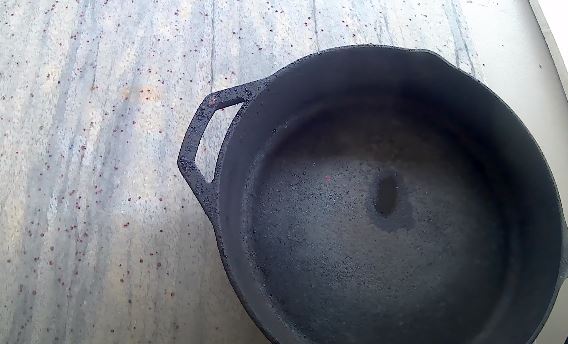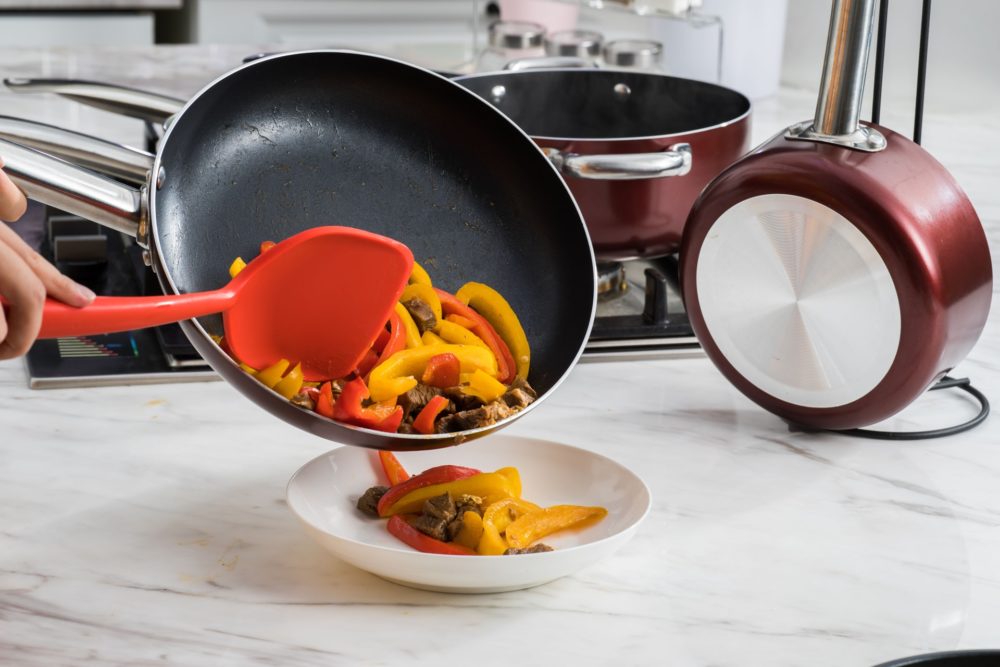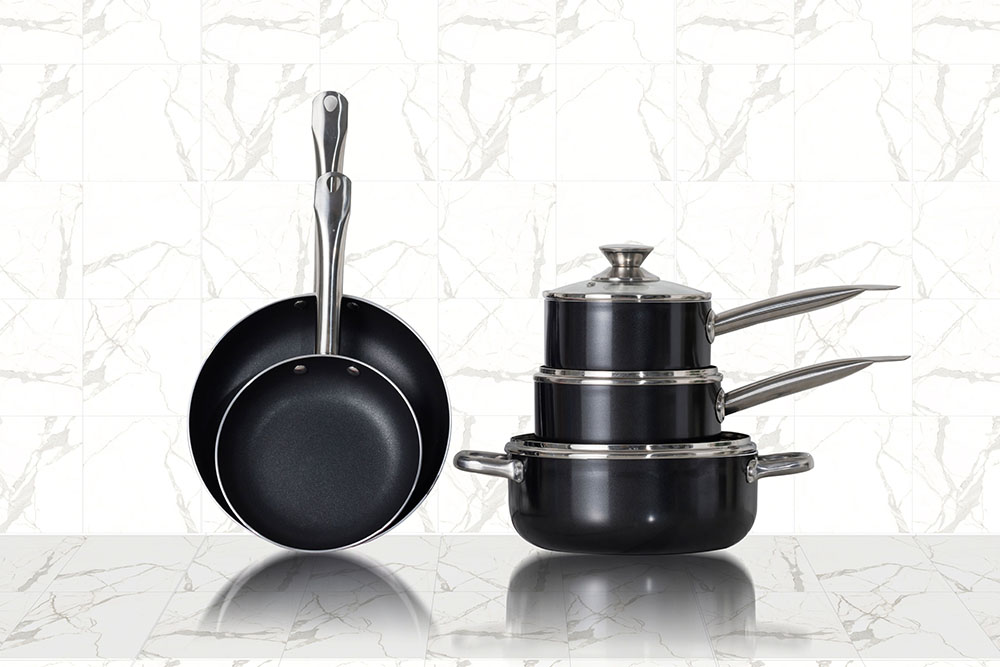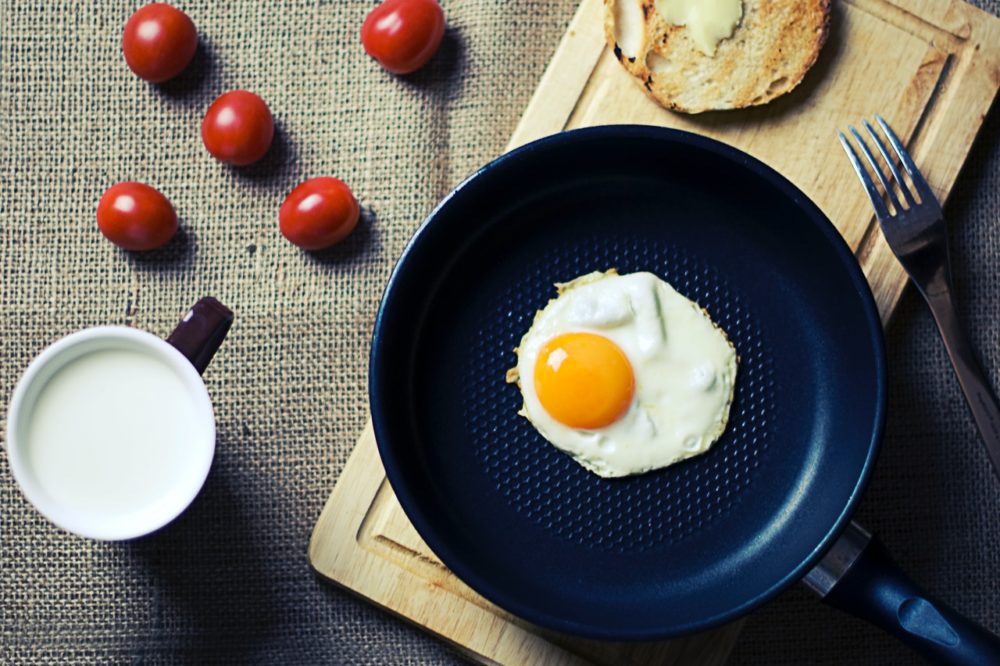I vividly remember the day my parents got quartz countertops in their kitchen. I was a teenager with little interest in kitchen counters.
My mother’s strictures about what I could or couldn’t do on the new counters went over my head.
Until a few days later when I took my saucepan of ramen off the stove and on to the new granite countertop.
I still remember the look of horror on her face when she walked into the kitchen. It haunts me to this day. Since then I’ve been uber cautious about what goes on the countertops.
Unlike my parents, I have not yet achieved the level of domesticity or financial security that allows me to splash out on quartz countertops. But, I am partial to a bit of window shopping.
Recently, I discovered that my mother may have lied about the amount of damage my pot of ramen may have caused. I was and am shook.
Let’s work through this together.
What Are Quartz Countertops?
Quartz is a naturally occurring mineral. It’s found across the globe in all climates and countries. In fact, quartz is the most abundant mineral found on the earth’s surface.
Composed of silicon and oxygen, quartz has lots of uses. In its sand form, it is used in the glass and petroleum industries. As a crystal, it is used in watches and clocks.
When it comes to kitchen countertops, quartz is used as a premium building material. Only slightly less expensive than granite, quartz is one of the trendiest materials for work surfaces.
Unlike granite, quartz countertops are not 100% natural. They are not quarried or cut in the same way.
Quartz kitchen counters are actually made from the by-products of the quarrying industry. They are an engineered product that contains quartz and other minerals.
Essentially, quartz and other unwanted by-products from granite quarries, mines, and other industries are ground down into an aggregate. This is mixed with resin and compressed and heated to make a quartz slab.
Because quartz countertops are engineered, they tend to have a more uniform appearance than granite worktops. On the one hand, this means that you won’t have the totally unique pattern that you get with granite.
On the other hand, it means that you can make additions and replacements if certain areas are broken or damaged.
Quartz worktops are also far less likely to crack than granite ones. This is again due to the man-made aspect. When the aggregate and resin are compressed, a huge amount of force is used to prevent hollows or weak spots that can be found in naturally occurring rock.
The resin used in the manufacture of quartz countertops is set using extremely high temperatures. This means that it can withstand the heat of the kitchen.
The other important thing about this resin is that it seals the countertop before it’s installed. The seal means that water and other liquids cannot seep into the countertop and cause staining or damage.
This is why quartz is ideal for the kitchen or bathroom. It doesn’t require ongoing sealing like granite because the resin stays in place for the lifetime of the counter.
Quartz and Heat
Now that we know how quartz countertops are made we can answer the all-important question:
Can you put a hot pan on quartz?
The answer is a tentative, yes.
You can put hot pots and pans on a quartz countertop without causing immediate damage. You can even leave them on the countertop for a time without causing damage.
The resin used to form the slab protects the stone from any discoloration that might be caused by a hot pan. Since the resin was set at an absurdly high temperature, the heat of your pan will not damage it. At least, not straight away.
If you are continuously putting hot things on the same spot then the constant heating and cooling will begin to damage the resin.
When the resin starts to break down, you’ll begin to see discoloration. Often it will look like yellow coffee rings but the same size as your pans.
Usually, these circles appear next to your stovetop or oven as it is the most convenient place to put your pan.
How to Protect Quartz Countertops
Ultimately, the best way to prevent heat damage to your quartz countertops is to keep heat away from them.
If you know that one particular spot is going to take a beating from your pans, then place a trivet there.
Trivets are like placemats but for your pans. They’re often made of metal or wood and their job is to be an intermediary between your countertop and the hot pan.
In a pinch, you can use a folded kitchen towel or oven mitt. Essentially anything thick enough to prevent heat transference will work as a trivet.
Of course, you need to make sure what you do use is, itself, heat resistant. I have melted more than my fair share of plastic chopping boards this way!
If, like me, you keep meaning to buy a trivet but ultimately end up forgetting, then make sure you mix up your pan placement. Don’t put hot things in one spot all the time. Spread the heat around the kitchen, as it were.
This won’t protect your counters in the long term but it will help to extend the lifespan of your counters.
When you consider the fact that quartz countertops can cost between $80-$140 per square foot, a $2 trivet is probably worth investing in. It will save your counters and your cutting boards!
Final Thoughts
Ultimately, placing a hot pan directly onto your quartz countertops won’t cause immediate damage. (I hope you’re reading this, Mom!)
Even if you leave the pan there for a time while you prep other parts of the meal, the counter will probably be ok for the first few times.
However, to prolong the life of your suitably expensive countertops you are better off using a trivet or heat pad.
Repeated exposure to heat can break down the resin and cause discoloration.






